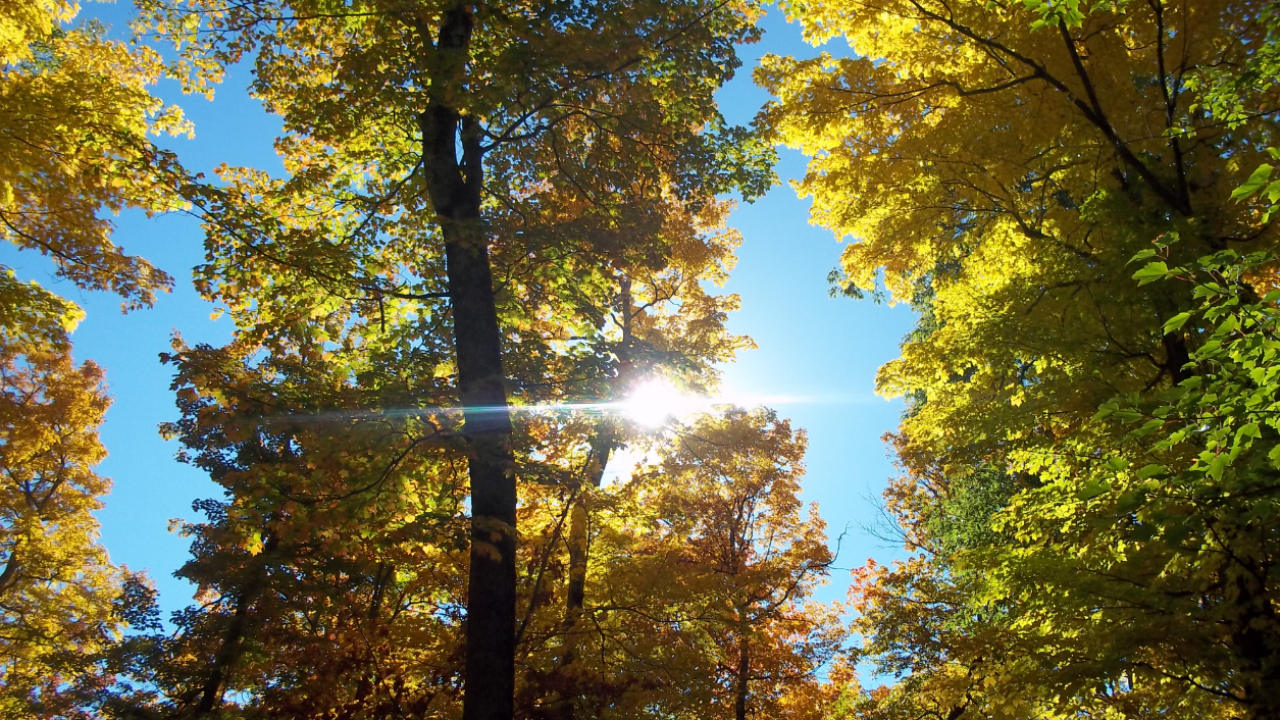A: U.S. hardwood producers and exporters have a demonstrated commitment to legal and sustainable forestry
Key points:
- U.S. exporters maintain a publicly available commitment to legal and sustainable wood sourcing, based upon accepted definitions of sustainable sources.
- U.S. exporters source hardwood timber from owners with clear ownership rights and from reliable suppliers using enforceable agreements and contracts.
Key facts:
- Individual companies engaged in exporting U.S. hardwoods have a written policy or other statement of commitment to sustainability and compliance with laws and regulations.
- AHEC members adhere to Responsible Purchasing Policies that U.S. hardwoods exports derive from legal and sustainable sources.
- AHEC members can provide a comprehensive American Hardwood Environmental Profile (AHEP) with every individual consignment of product delivered to any. Each AHEP shows the carbon footprint, forest replenishment time, acidification, and eutrophication for different species, lumber thicknesses and transport scenarios for by species and delivery destinations. See it here.
- Relevant policies and commitments are made available to the public, upon request.
Detail
Seneca Creek 2017 Assessment, Section 13.4: AHEC has also introduced an interactive system to create an American Hardwood Environmental Profile (AHEP) for each of the major U.S. hardwood species. The system allows a US hardwood exporter to document with each individual product consignment the detailed data about species, annual growth and harvest rates, and the environmental footprint based on Life Cycle Analysis (LCA). The LCA denotes embodied and expended energy as well as the net carbon balance represented by the product, its production and its delivery.
Seneca Creek 2017 Assessment, Finding 2: Based on an examination of pertinent data, we conclude that all states in the U.S. hardwood-producing region can be considered Low Risk of sourcing illegal hardwoods per the requirements of the EU Timber Regulation, the Australia Illegal Logging Prohibition, Japan’s Goho program, and the due diligence and risk assessment requirements of the certification programs (FSC®/SFI®/PEFC®) operating in the United States.
Seneca Creek 2017 Assessment, Finding 7: Illegal logging in the US context most commonly involves timber theft and/or trespass on private and public lands. While timber theft is a pernicious crime that can cause serious economic harm to an affected landowner, the amount of stolen timber across the hardwood region is very low relative to total hardwood production. [Section 5]
Seneca Creek 2017 Assessment, Finding 8: Since 2008, several states have further strengthened enforcement capability and/or increased penalties for crimes involving timber theft. [Section 5]
Seneca Creek 2017 Assessment, Finding 9: Since 2008, the amended US Lacey Act has strengthened US law and regulation with respect to illegal sourcing of wood materials. [Section 2]
Seneca Creek 2017 Assessment, Finding 10: The data indicate that federal, state, and local laws governing various aspects of forest management are effective and enforced. International governance indicators, including those compiled and updated by the World Bank, indicate that the U.S. is within the top quartile of countries in the world when it comes to the rule of law, government effectiveness, regulatory quality, and low level of corruption. We are highly confident that national and state laws that apply to the hardwood sector are effective and enforced. [Sections 6, 7, 11; Appendix D]
Seneca Creek 2017 Assessment, Finding 11: The United States is a proactive participant in international fora and processes to strengthen legal wood products trade and has included provisions prescribing stronger compliance to environmental laws and international conventions in free trade agreements. The international engagement by the United States, and its strong domestic legal framework for enforcing and prosecuting against illegally traded wood products (made stronger since 2008), further mitigates the risk of US hardwood products originating from illegal sources. [Section 2]
Seneca Creek 2017 Assessment, Finding 12: The sourcing of U.S. hardwoods is almost entirely from privately-owned forestland. Private lands account for approximately 92 percent of U.S. hardwood production. Of the land in private ownership in the hardwood region, 65 percent is owned and managed by approximately 9.4 million family forest owners (nearly 11 million for the U.S. as a whole). The average holding is just over 9 hectares. [Section 3]
Seneca Creek 2017 Assessment, Finding 13: The rights of timber ownership are well-established and protected in the United States. Landowners can make independent decisions about how their land is managed and used. Most US forest landowners own and manage their forestland for reasons other than timber production. [Section 3]
